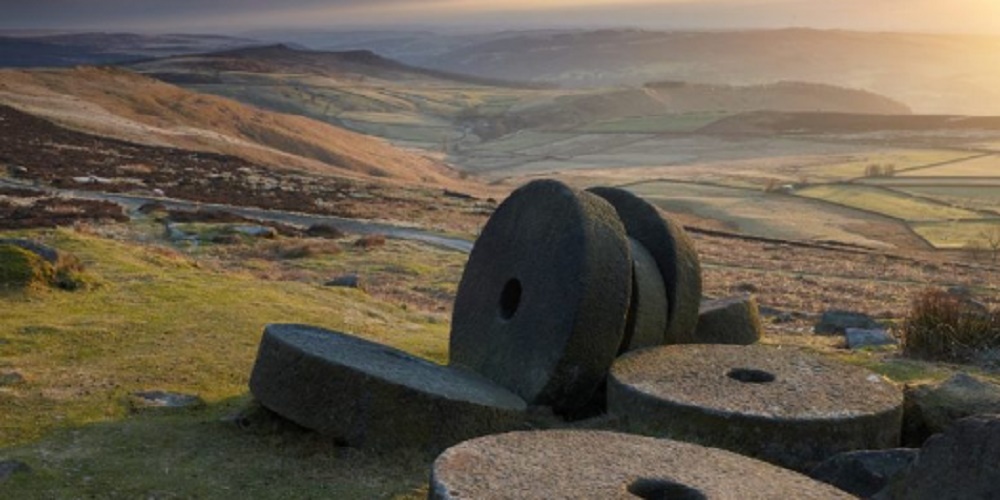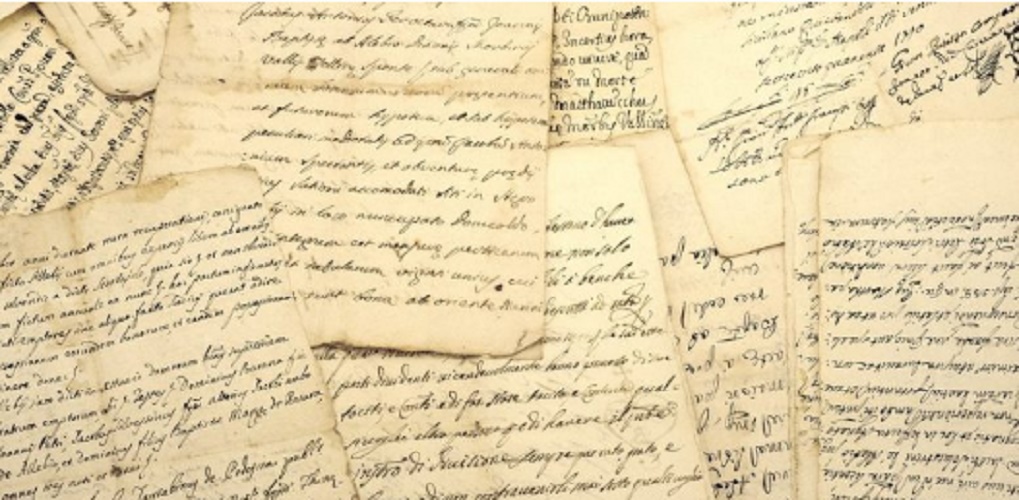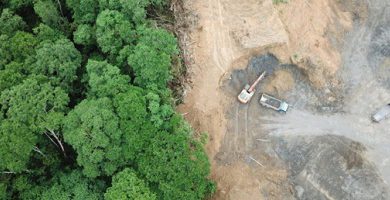What is history?
We explain what the story is and its stages. Historiography and historiology. Also, what is prehistory and how does it divide.
-
What is history?
History is the social science that studies the different historical events that have occurred long ago . It is the narration or record of a fact, which consequently will attempt to certify as true or false.
First, we must distinguish the concept of history from those of historiography and historiology:
Historiography : The study of historiography consists in the use of necessary tools, techniques and concepts, in order to describe correctly and precisely a past historical fact that has been recorded.
The use of historiography must be subject to the necessary methodology for the study of the social sciences, then including every rational process that can certify the truth of each fact. However, each follow-up established by the scientific methodology should also be used whenever required.
Also the concept of historiography refers to the works produced by the different historians of humanity , as well as each institution, group or style that belong to them.
Historiology : Also known as the theory of history, the term of historiology was coined for the first time by the Spanish essayist and philosopher José Ortega y Gasset.
This concept refers to the set of explanations, arguments, theories, methods and techniques that attempt to offer a rational panorama of how and why a particular historical event or social trend originated by political influence in a specific geographical portion has originated .
History : Study the set of events that have occurred at a particular time in the past . However, these facts must comply with different characteristics that can finally define it as transcendent and therefore have had a significant impact, both in the time that has elapsed and in the future.
The crowning of a historical event as a transcendent is a matter of debate, since each historian has his own point of view and it is these same who will grant the degree of importance to each data obtained.
-
What is prehistory?

Prehistoric time takes place with the appearance of man in the world . This time is not defined promptly with a year of beginning, since different historians expose estimated dates, according to the data they use for their studies.
In general, it is believed that the appearance of man occurred two million years ago and that the end of prehistory occurs with the appearance of writing , that is, in the fourth millennium BC. However, prehistory contains subdivisions:
- Paleolithic : this subdivision is also known as the Stone Age. This era is characterized by the evolutionary development of the physical traits of the first inhabitants. In addition, you can see a constant development in regard to social relations between men and in turn incorporate new elements, such as fire, for the realization of different activities. The economy was only based on the hunting and predatory predisposition of the first primitive settlers towards the environment andsurrounding ecosystems .
- Mesolithic: this period is characterized, mainly, by the end of the glaciation. It is called a time of transition where different advances and changes can be observed.
- Neolithic: period also known as the New Stone Age or Neolithic Revolution. It is strongly characterized by the replacement of the predatory trend on the ecosystem as an economy by agriculture and livestock. These new practices played a decisive role for human demographic evolution, and population density was then favored. New tendencies of sedentary lifestyle appeared, replacing nomadism. Settlements in geographical portions meant a breakthrough for agriculture and land use .
- Metal Age: this age or period reflects the use of new technological resources to perform tasks more easily; These resources include the invention of the wheel or the discovery of metallurgy. Sedentary traits originating in the Neolithic period are further strengthened in the Metal Age; Villages begin to evolve to become cities . The first characteristics of civilization begin to manifest themselves in the field of economy and society with the emergence of long-distance trade and social stratification.
-
Stages of the story

The story begins, for most historians, with the appearance of writing. It is found from the period following the Metal Age, Protohistory, until today.
- Protohistory. The main characteristic of this period lies in the writings, also known as legacies, that the peoples begin to capture to testify to their experiences or that of other peoples , through the use of writing. The first colonizers were those who recorded the lands they knew for the first time.
- Old age . This period is defined by many historians as the birth of civilization from the creation of states , the imposition of religions and the beginning of the first empires. Discussions and life points about the meaning of different moral values begin to be noticeable.
- Middle Ages . It begins with the fall of the Western Roman Empire in the fifth century until the fall of the Eastern Roman Empire in the fifteenth century. The first years of the Middle Ages are in a constant study today due to the lack of writings and lack of information about it. The figures of the nobility and the clergy stand out as leading exponents, both in the economic and social and political spheres. The peasants were the ones who made up the working classand slave As of the eleventh century, commerce and craft activity began to evolve considerably, while in turn the power of the clergy began to decline due to the confrontation with the feudal monarchies. The beginning of the transition from feudalism to capitalism can be seen in the late Middle Ages .
- Modern Age . Period that begins in the late fifteenth century and is characterized by the most recognized and important historical events for the future. The concepts of nation and state begin to take shape considerably among the new American geographical portions that try to consolidate themselves as independent countries of European settlers.
- Contemporary age. Age defined between the end of the 18th century until today. Among the main features of this period is the considerable advance of capitalism worldwide. The term of revolution began to be intensified by the different labor movements.





